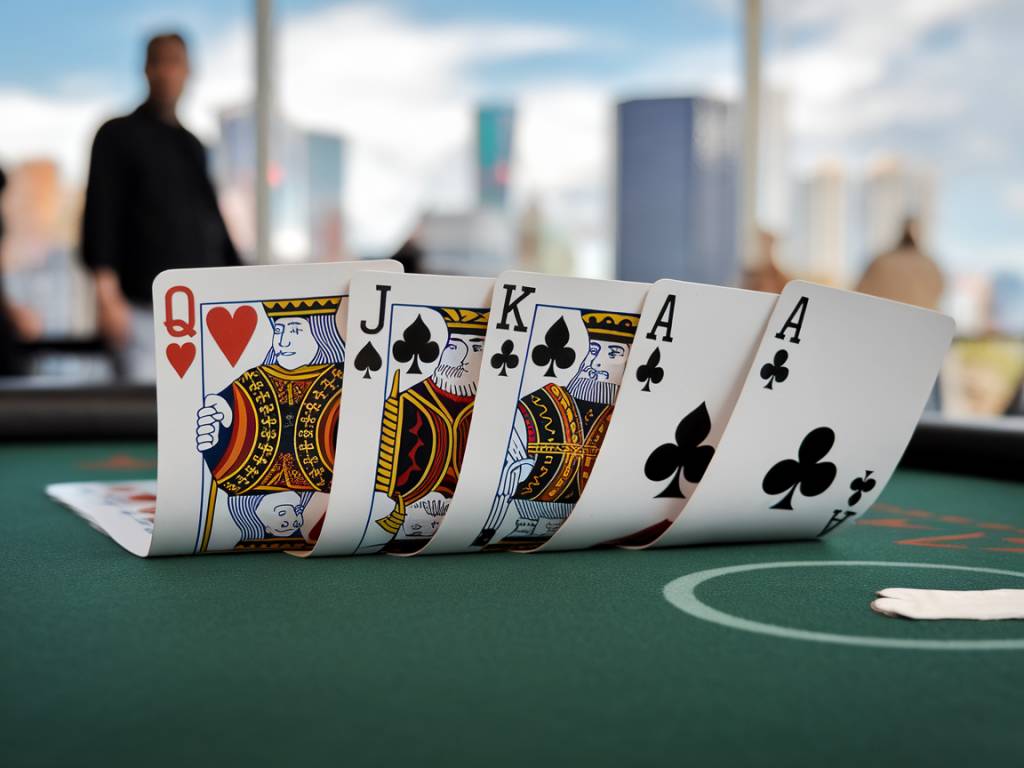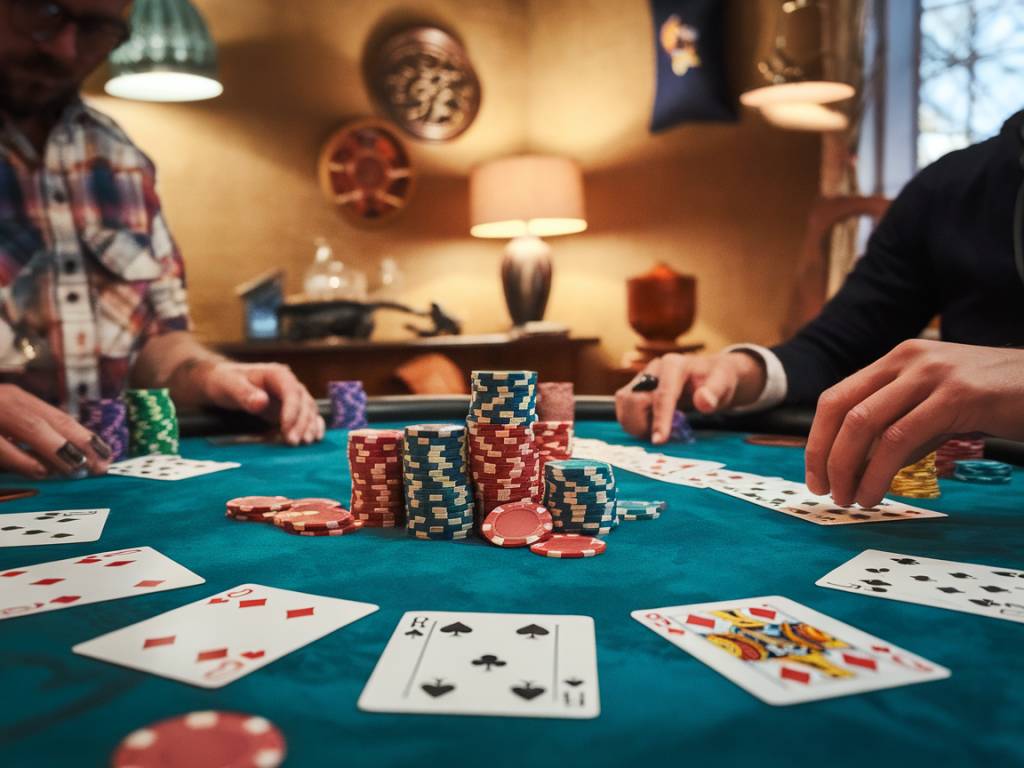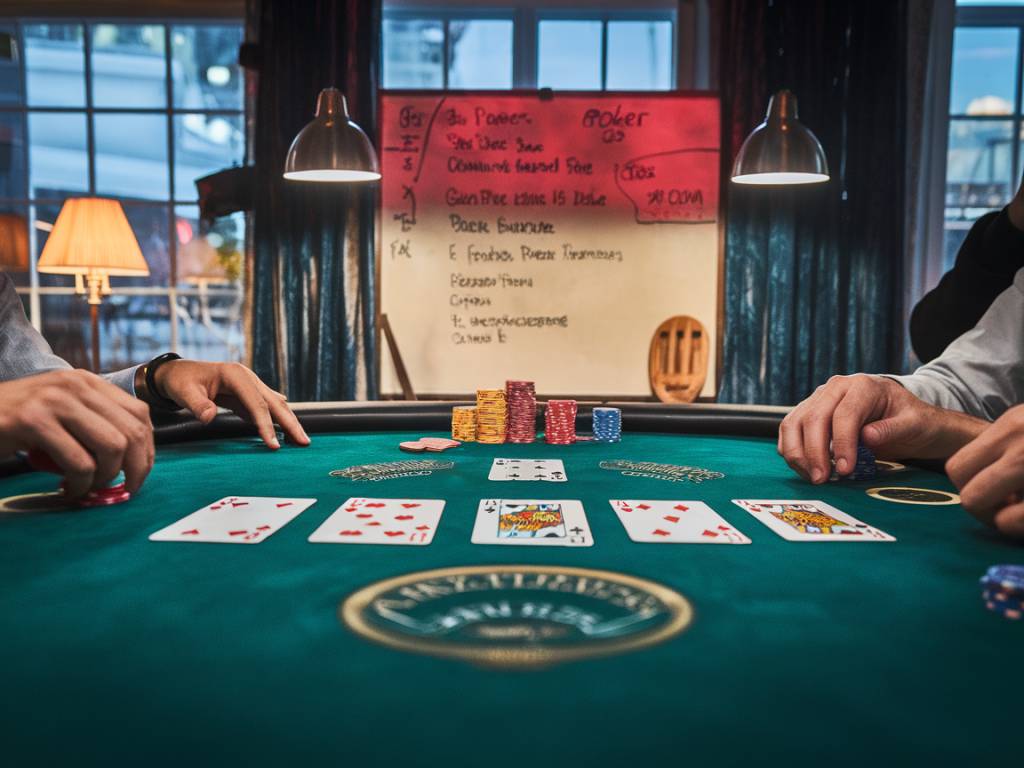What are bad cards in Texas Hold ’em?

As players new to Texas Hold ’em, one of the key lessons to grasp is understanding the value of the cards in your hand. But what exactly makes a hand « bad » in Texas Hold ’em? Today, I’m breaking down this crucial aspect to help you make better decisions at the table. 🃏
What Makes a Hand “Bad”?
The value of hands can be subjective to some degree, depending on the situation and the type of game you’re playing. However, certain hands generally have a lower probability of winning, and these are often referred to as « bad hands. » Let’s discuss the key factors that can make a hand less valuable.
Low Ranks
Low-ranked cards from 2 to 6 are generally considered bad unless they form a part of a straight or a flush. Combining two low cards significantly reduces your chances of forming a strong hand on the flop, turn, or river, and they also have less potential for high pairs or high kickers. Here are some examples of low-ranked cards:
- 2♠ 6♥
- 3♦ 5♣
- 4♠ 2♣
Unconnected Cards
Unconnected cards are cards that do not fall into a sequential order, making it difficult to form straights. While suited unconnected cards might offer some potential for a flush, they generally lack the synergy necessary for stronger hands. Examples include:
- 7♣ Q♠
- 5♦ J♣
- 2♣ 9♦
Off-Suit Cards
Off-suit cards of different suits reduce your chances of forming a flush. When you own a hand like 8♦ K♠, your chances of completing a flush are significantly lower compared to having suited cards. While off-suit high cards aren’t necessarily « bad, » the potential for multiple winning hands is reduced.
Gappers
Gappers are cards that have one or more ranks missing between them. While they can sometimes turn into straights, the chances are generally lower, especially if the gap is larger. Common gappers include:
- 3♠ 5♣ (one-card gap)
- 6♦ 9♠ (two-card gap)
- 9♥ J♠ (one-card gap, but often a bit stronger due to high ranks)
Theories on Strategy with Bad Hands
Every poker player has a different strategy concerning bad hands. Some choose to fold early and cut their losses, while others might see potential in them under certain conditions. Understanding your position at the table can significantly affect how you manage these hands.
Position Matters
Your table position relative to the dealer button heavily influences the value of your hand. Playing a marginal or bad hand from an early position is risky because you’ll be one of the first to act in subsequent betting rounds. Conversely, players in late positions can evaluate the actions of others before making a decision.
Bluff Potential
Some experienced players find bluffing opportunities with bad hands. While risky, bluffing can sometimes push opponents out of the pot, especially if they believe you’re capable of holding stronger cards. Effective bluffing usually requires an understanding of the behavior of your opponents and your table image.
Get to Know Draws
Some bad hands have potential depending on the community cards. For example, an off-suit hand might find more value if the flop reveals potential for making a straight or flush. Understanding when to chase a draw can spell the difference between a big win and a costly loss.
Assessing the Flop, Turn, and River
As the community cards are revealed, continuous reassessment of your hand’s strength is essential. A poor starting hand can improve, but it’s important to remain objective and avoid chasing unlikely outcomes. Reckless calls and raises can diminish your chip stack over time.
Suited vs. Off-Suit Bad Hands
Sometimes new players are tempted to play hands just because they’re suited. While suited cards do offer a higher probability of forming a flush, it’s crucial to remember that flushes don’t happen frequently. If you are holding a low-ranked suited hand like 4♣ 7♣, it’s usually better to fold rather than hope for a rare flush.
How to Play Bad Hands When Forced
It’s not uncommon to occasionally be forced into a bad hand due to blinds or an aggressive table. In such cases, it’s essential to analyze your table dynamics and make the most educated choices possible:
- Monitor the tendencies of your opponents carefully.
- Avoid excessive bluffing unless conditions are optimal.
- Do not get emotionally attached to the hand; be prepared to fold.
Tools and Software for Hand Analysis
Various tools can help you understand the strength of your hand and assist in learning from your mistakes. Poker tracking software and hand simulators provide in-depth analysis and simulations to better grasp odds and probabilities. Some popular tools include:
- Hold’em Manager
- PokerTracker
- Flopzilla
Learning from Experience
No piece of advice or set of rules will substitute for real-world experience. As you play more hands, you’ll develop a more nuanced understanding of what constitutes a bad hand in various contexts. Keep track of your hands, review your plays, and continually refine your strategy based on what you learn.
Books and Resources for Further Learning 📚
If you’re interested in delving even deeper into hand analysis and Texas Hold ’em strategy, several books offer detailed insights:
- The Theory of Poker by David Sklansky
- No-Limit Hold’em: Theory and Practice by David Sklansky & Ed Miller
- Harrington on Hold’em by Dan Harrington
Every poker player has their own approach and philosophy regarding so-called « bad » hands. The key is to continually evaluate, adapt, and learn from your experiences. By understanding what generally makes a hand undesirable and leveraging this knowledge, you’ll find it easier to make more strategic decisions, ultimately improving your game. Good luck at the tables! 🎲🃏






